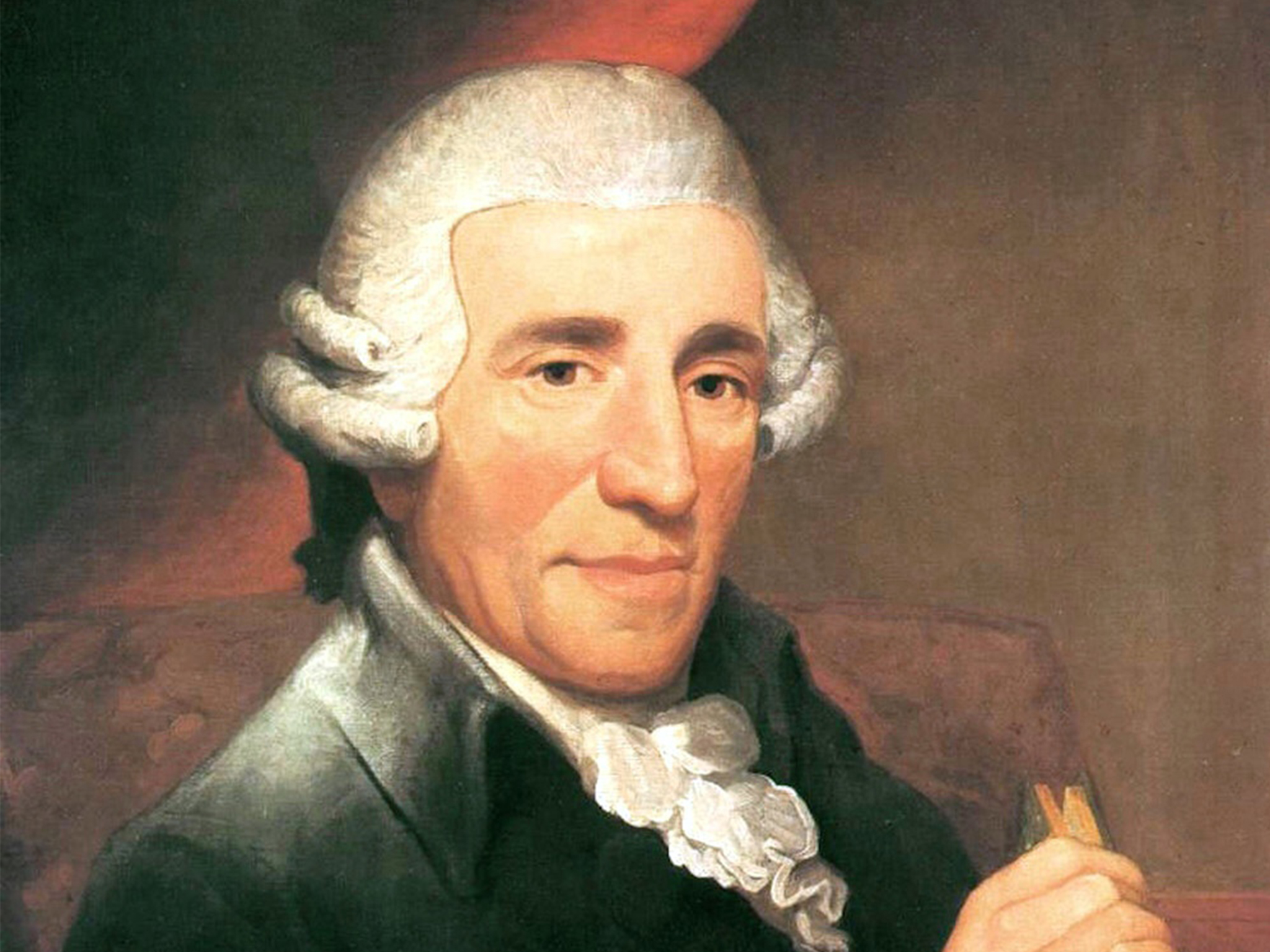Among Joseph Haydn’s vast and influential output, few sacred works resonate with as much dramatic intensity and historical intrigue as the Nelson Mass. Officially titled Missa in Angustiis (“Mass in Time of Anxiety”), this remarkable composition was written in 1798 and stands as one of Haydn’s finest liturgical masterpieces. Known today primarily by its popular nickname, the Nelson Mass, the work’s origins and evolution are deeply intertwined with the political and personal turmoil of its time.
A Mass Born of Uncertainty
By the late 1790s, Haydn was an internationally celebrated composer, revered across Europe for his symphonies, string quartets, and oratorios. Yet this period was also marked by widespread fear and uncertainty. Napoleon Bonaparte’s military campaigns were sweeping through Europe, and Austria faced the real threat of invasion. It was in this context of national crisis that Haydn composed the Missa in Angustiis.
The Latin title translates to Mass in Time of Anxiety or Distress, reflecting both the geopolitical instability and Haydn’s own anxieties. The composer, now in his sixties and recently retired from his long service at the Esterházy court, was physically worn but spiritually inspired. The intensity and urgency of the Nelson Mass mirror the mood of a Europe in turmoil.
The Nelson Connection
The nickname “Nelson Mass” was not Haydn’s own. The association with British Admiral Horatio Nelson came later, after Nelson’s famous victory over Napoleon’s fleet at the Battle of the Nile in August 1798—just weeks after the mass’s first performance. The triumph was a source of immense celebration across Europe, especially in Austria, where Napoleon had posed a serious threat.
When Nelson visited Austria in 1800, he attended a performance of the mass in Eisenstadt, accompanied by Lady Hamilton. The piece reportedly made a strong impression on him, and over time, the public began to associate the Missa in Angustiis with Nelson’s victory, hence the nickname Nelson Mass.
Scoring and Musical Innovations
One of the most striking aspects of the Nelson Mass is its scoring. Due to budget cuts and other constraints at the Esterházy court, Haydn composed the work using a somewhat reduced orchestra—strings, organ, and trumpets with timpani—but no woodwinds or horns. Ironically, this limitation contributed to the mass’s unique and powerful character, with the trumpets and timpani lending an air of militaristic grandeur and urgency.
Later performances often included woodwinds added by other arrangers, but Haydn’s original orchestration has been increasingly favored in modern renditions for its raw and bold sound.
Musically, the Nelson Mass blends the grandeur of the Baroque with the clarity and structure of the Classical style. The mass opens with a dramatic Kyrie, leading into a jubilant Gloria, and proceeds through the traditional mass movements with moments of solemnity, triumph, and spiritual fervor. The soloists, chorus, and orchestra engage in a powerful dialogue that culminates in the exuberant Dona nobis pacem—a plea for peace that feels both heartfelt and hard-won.
Legacy and Recognition
Today, the Nelson Mass is recognized as the most famous of Haydn’s six late masses. It showcases the composer at the height of his creative powers, balancing expressive depth with architectural precision. Its blend of sacred devotion and dramatic intensity makes it a favorite in both liturgical and concert settings.
More than two centuries after its premiere, the Nelson Mass continues to captivate audiences with its majestic energy and poignant reflection of a world in crisis. Whether heard as a spiritual declaration or a historical commentary, the mass stands as a testament to Joseph Haydn’s genius and his ability to find beauty amid adversity.


Comments are closed